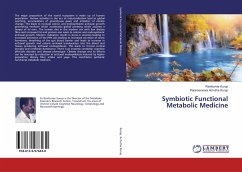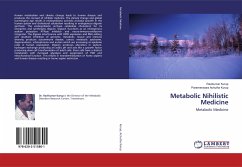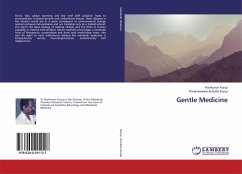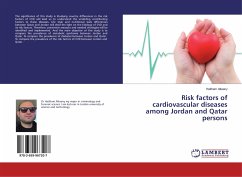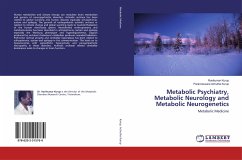
Metabolic Endocrinology and Metabolic Cardiovascular Medicine
Metabolic Medicine
Versandkostenfrei!
Versandfertig in 6-10 Tagen
65,99 €
inkl. MwSt.

PAYBACK Punkte
33 °P sammeln!
Human metabolism and climate change can contribute to the genesis of metabolic syndrome and vascular disease. Actinidic archaea has been related to global warming and human diseases especially metabolic syndrome- type 2 diabetes mellitus, CVA and CAD. The growth of endosymbiotic actinidic archaea in relation to climate change and global warming leads to neanderthalisation of the human mind-body system. Neanderthal anthropometry and metabolonomics has been described in metabolic syndrome- type 2 diabetes mellitus, CVA and CAD especially the Warburg phenotype and hyperdigoxinemia. Digoxin produc...
Human metabolism and climate change can contribute to the genesis of metabolic syndrome and vascular disease. Actinidic archaea has been related to global warming and human diseases especially metabolic syndrome- type 2 diabetes mellitus, CVA and CAD. The growth of endosymbiotic actinidic archaea in relation to climate change and global warming leads to neanderthalisation of the human mind-body system. Neanderthal anthropometry and metabolonomics has been described in metabolic syndrome- type 2 diabetes mellitus, CVA and CAD especially the Warburg phenotype and hyperdigoxinemia. Digoxin produced by archaeal cholesterol catabolism produces neanderthalisation. Prefrontal cortical atrophy and cerebellar hyperplasia has been related to metabolic syndrome- type 2 diabetes mellitus, CVA and CAD in this communication. This leads on to dysautonomia with sympathetic hyperactivity and parasympathetic neuropathy in these disorders. Actinidic archaeal related cerebellar dominance leads to changes in brain function.



